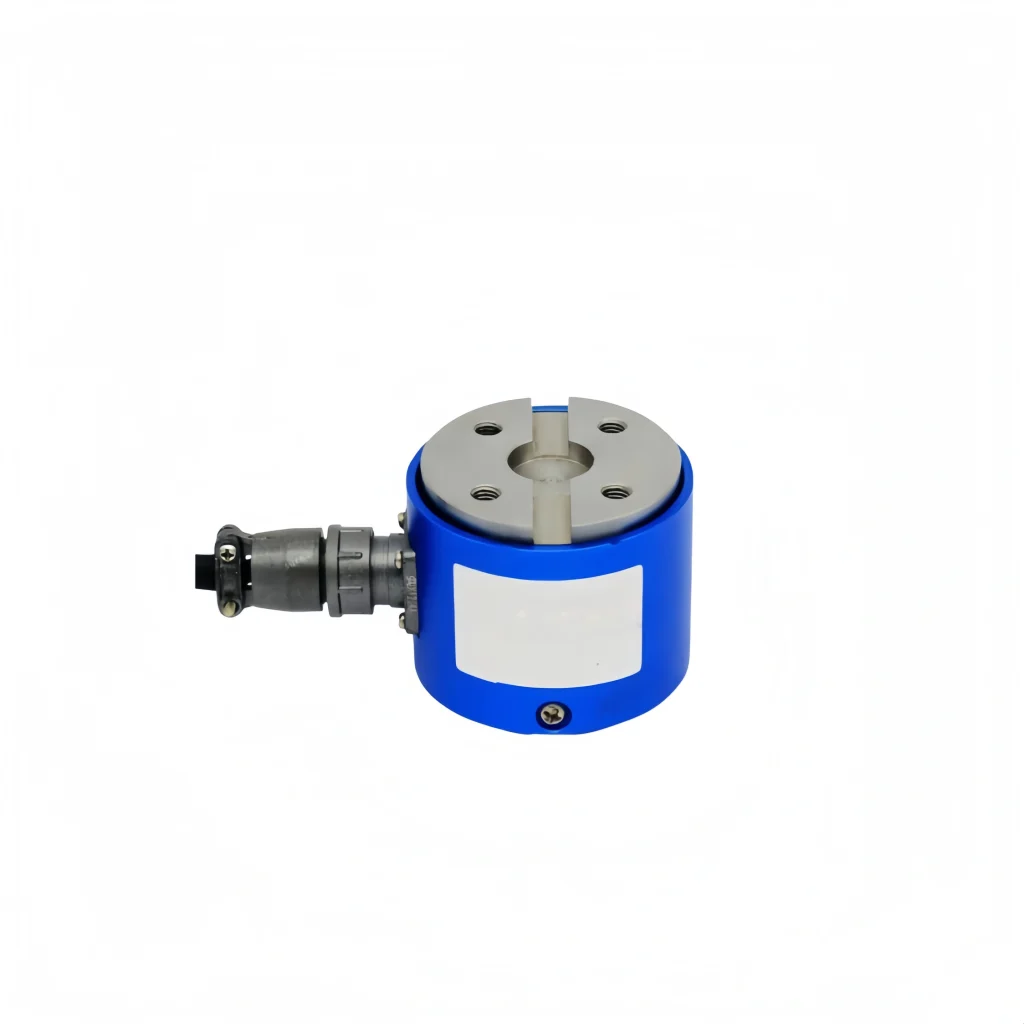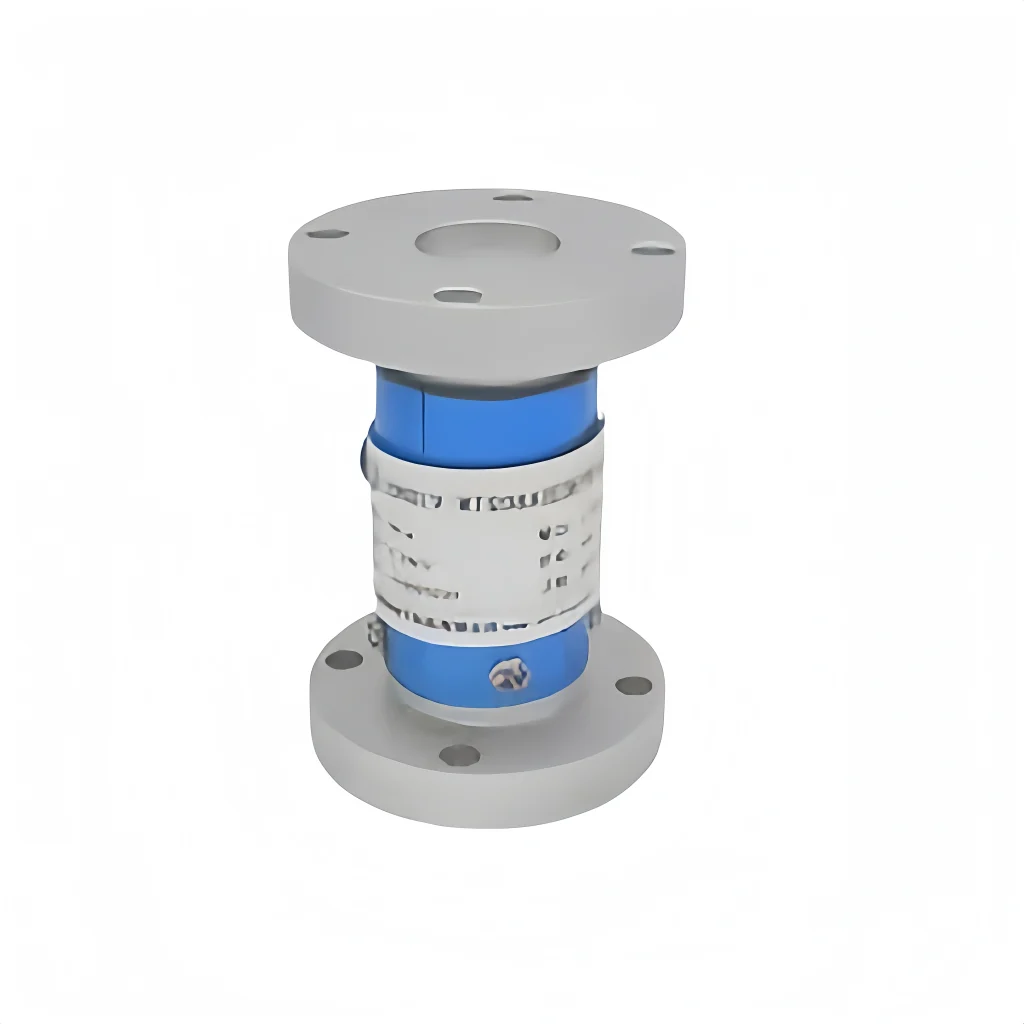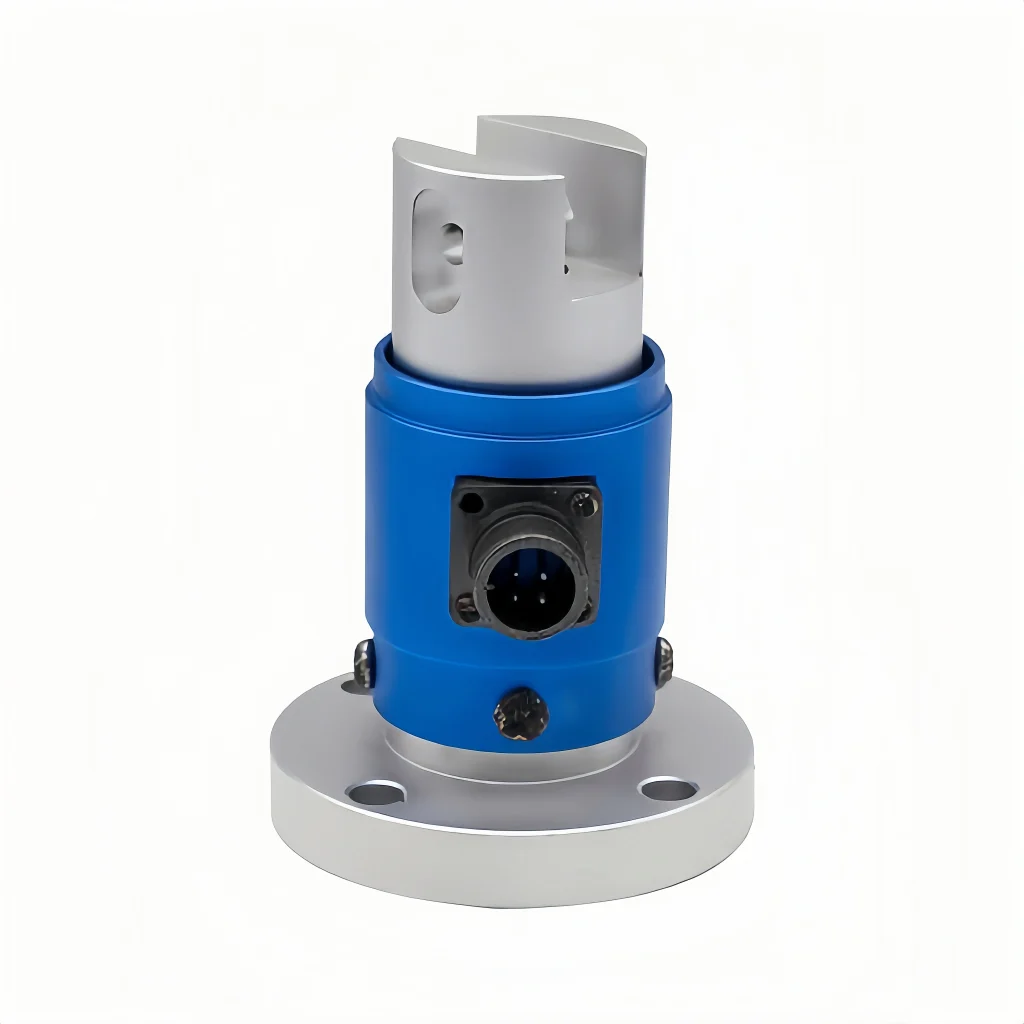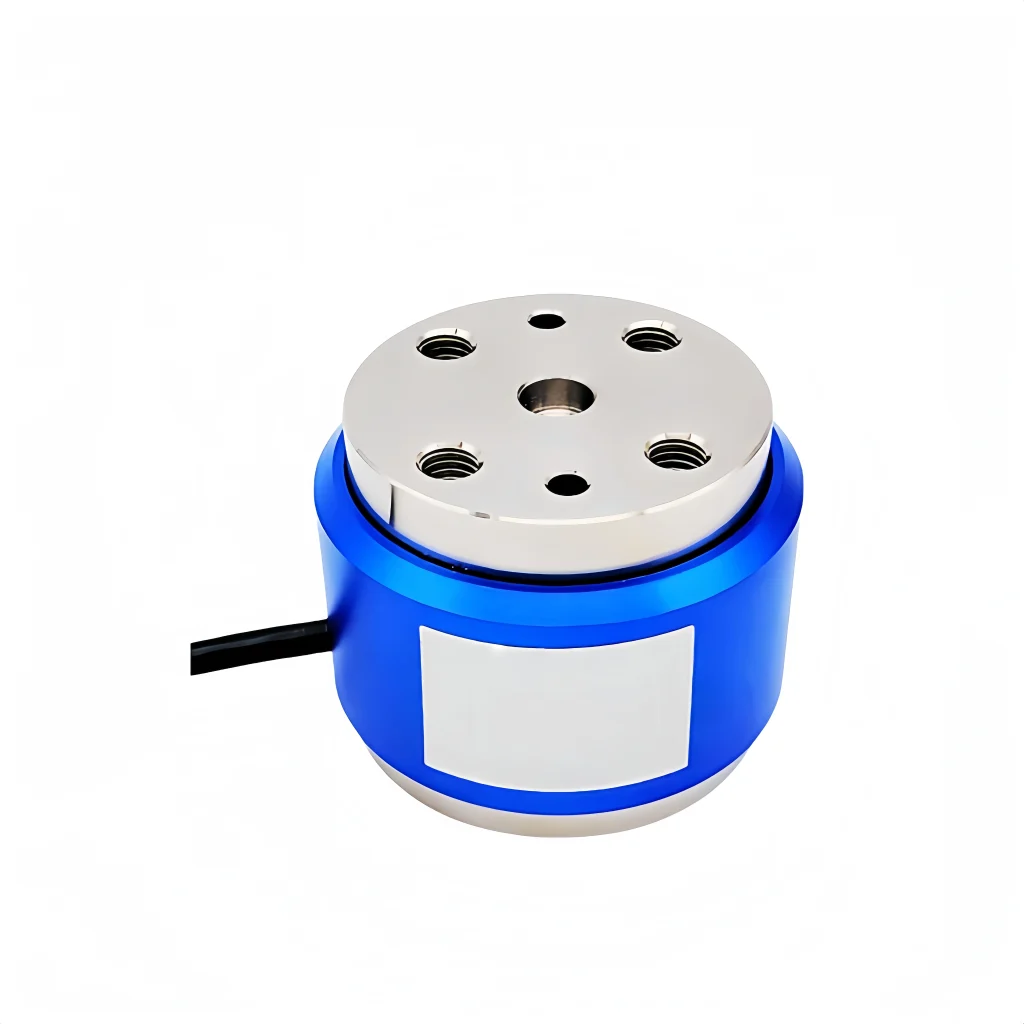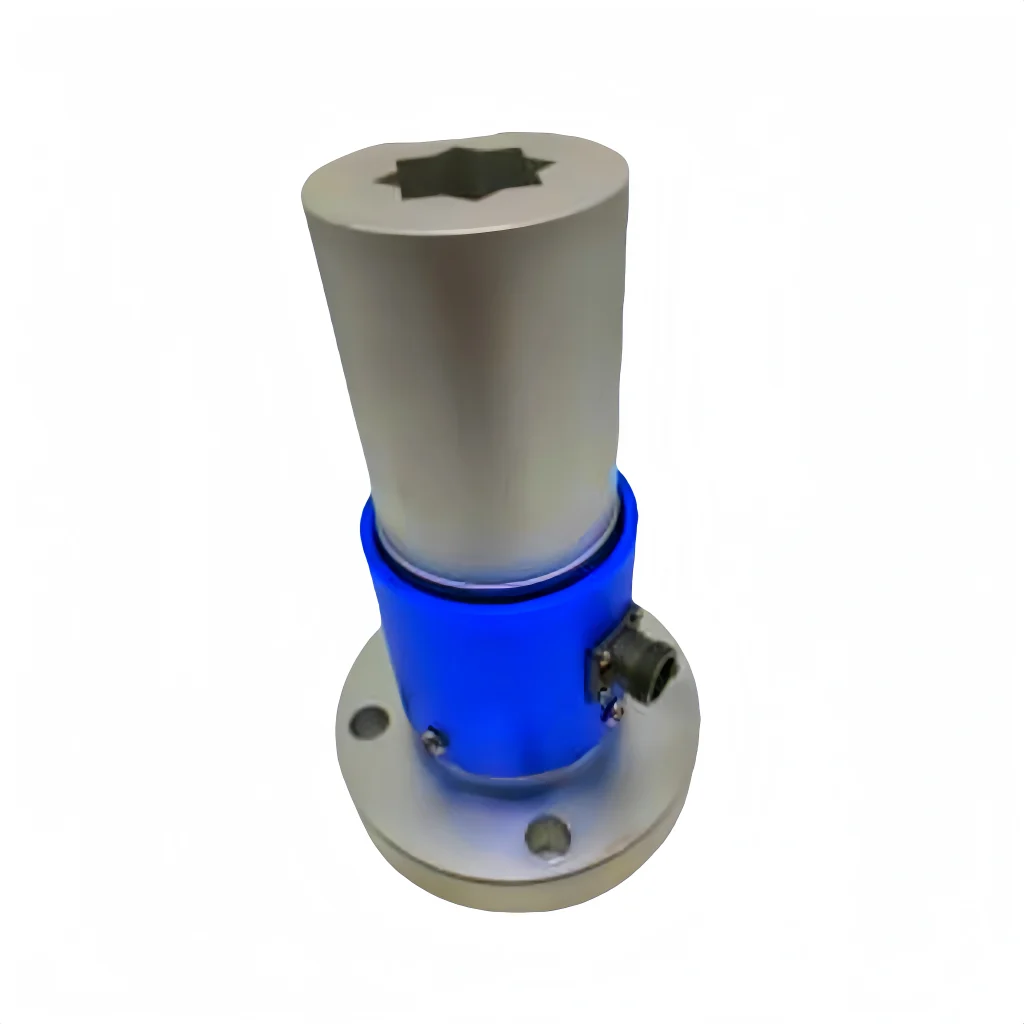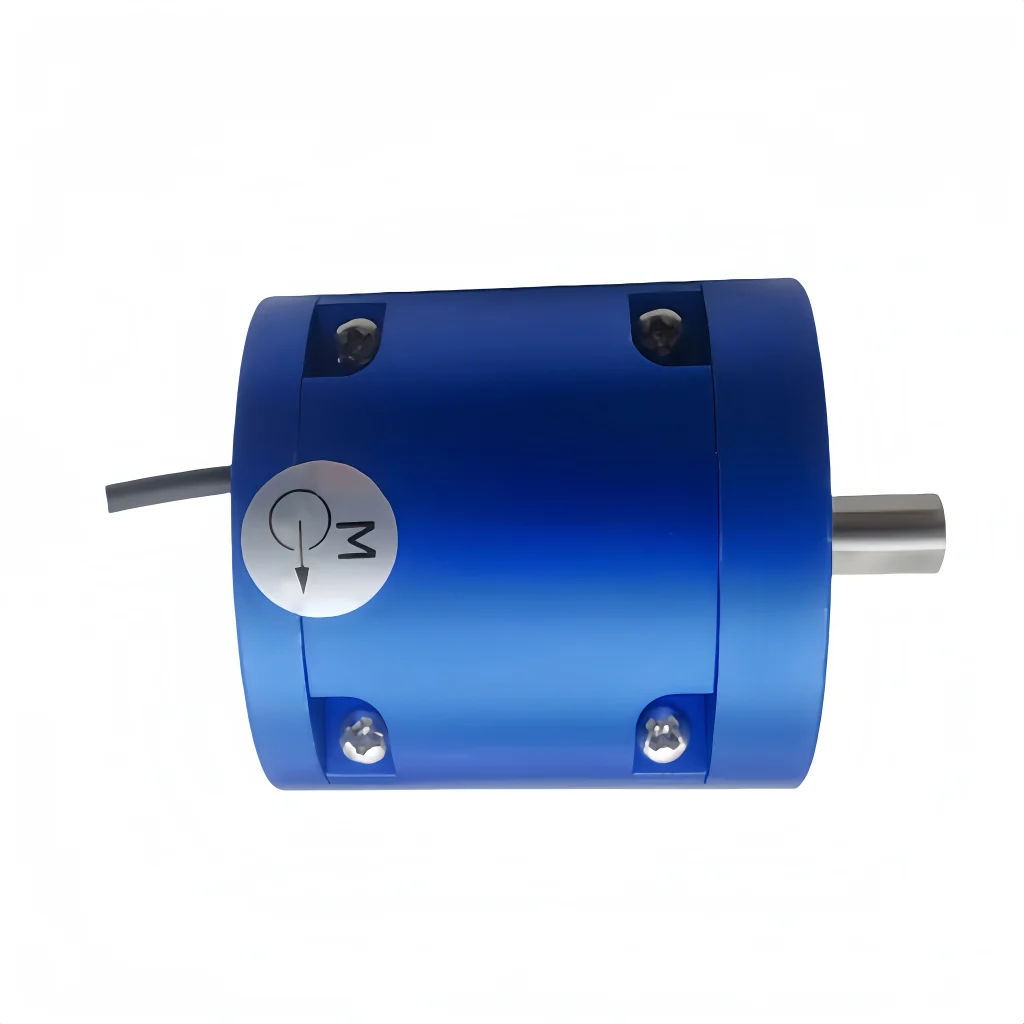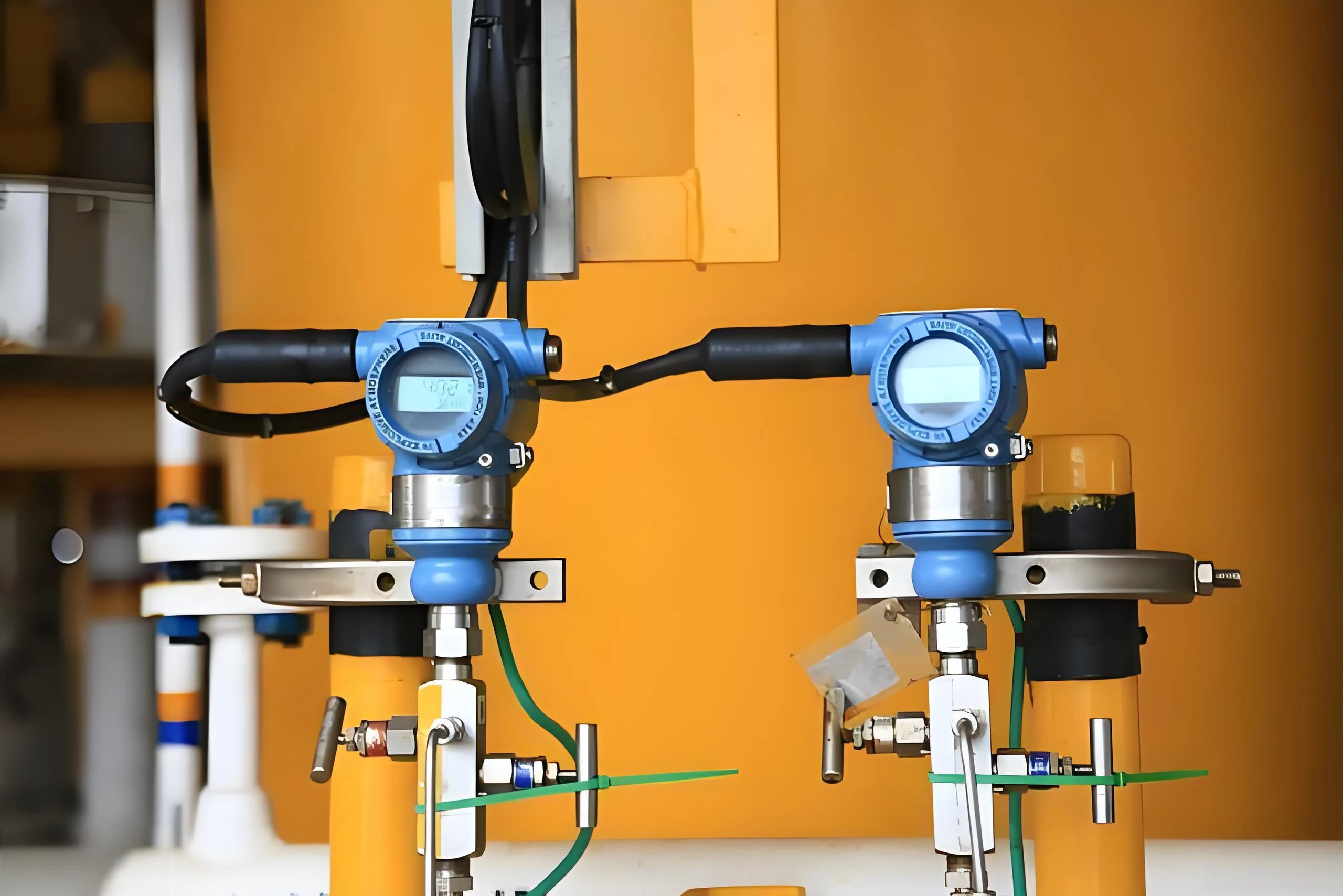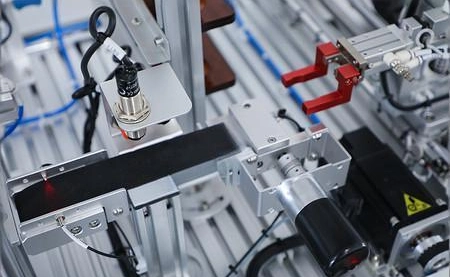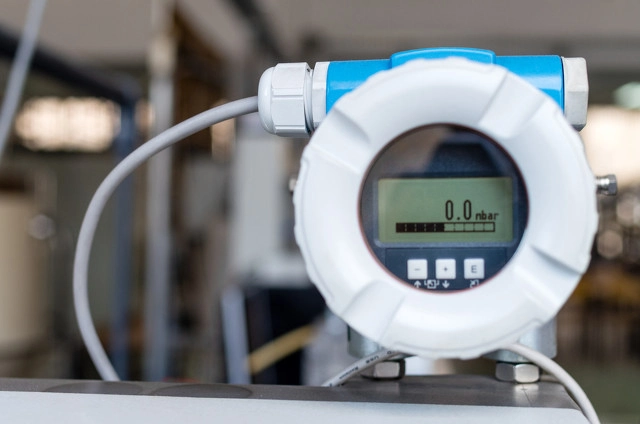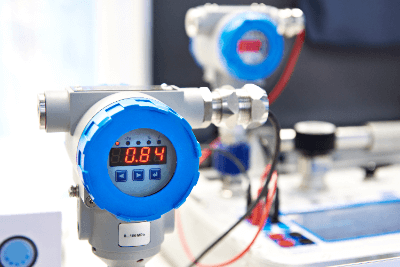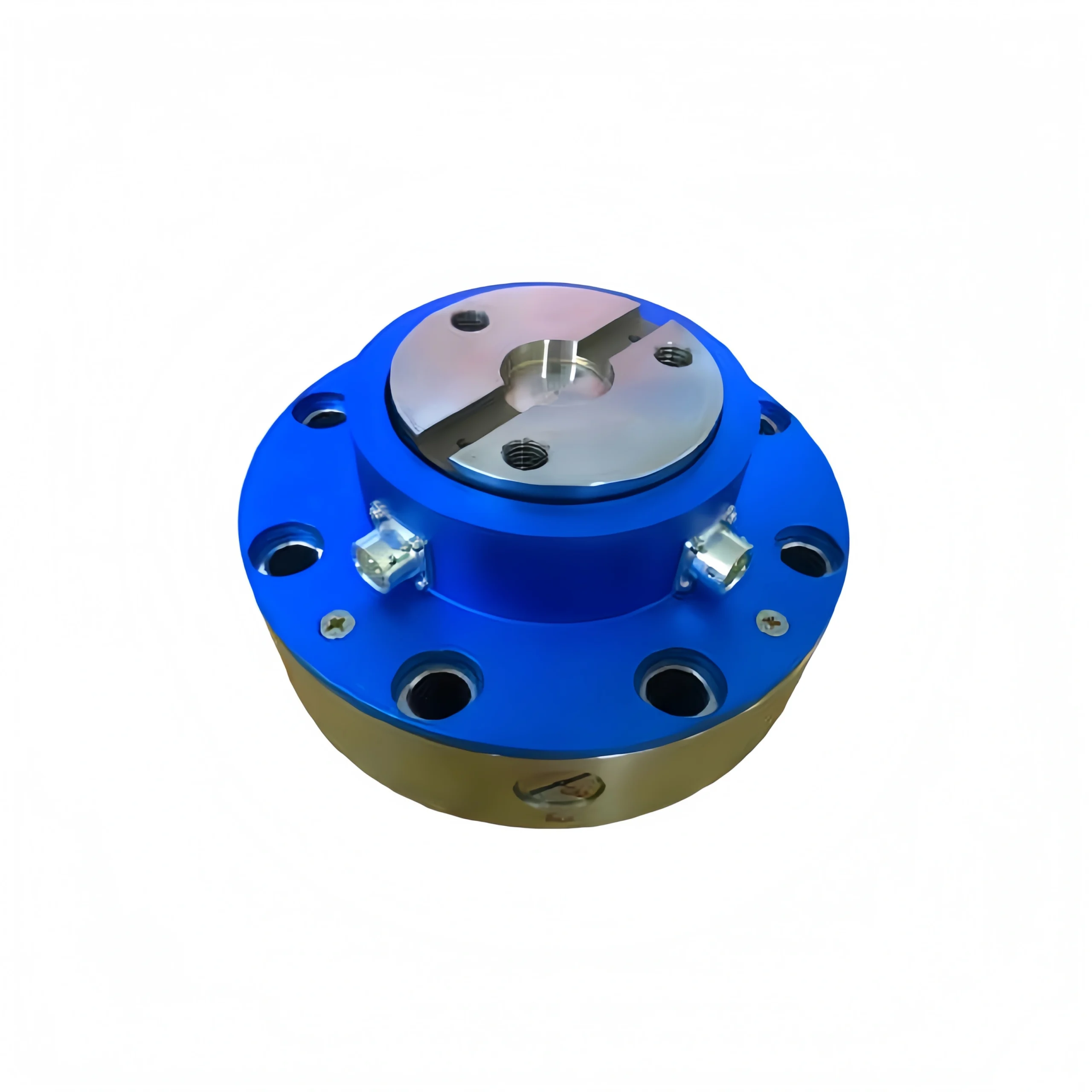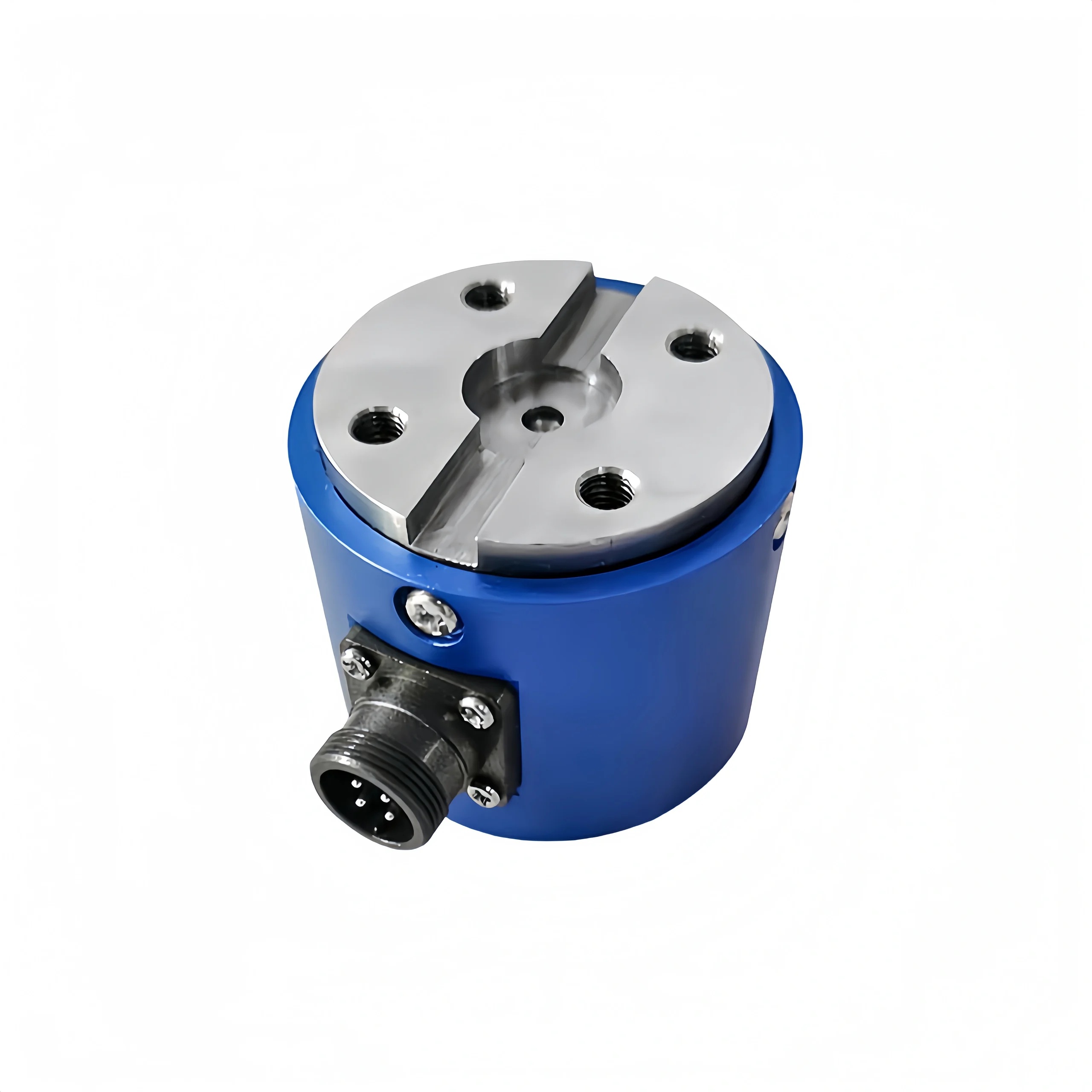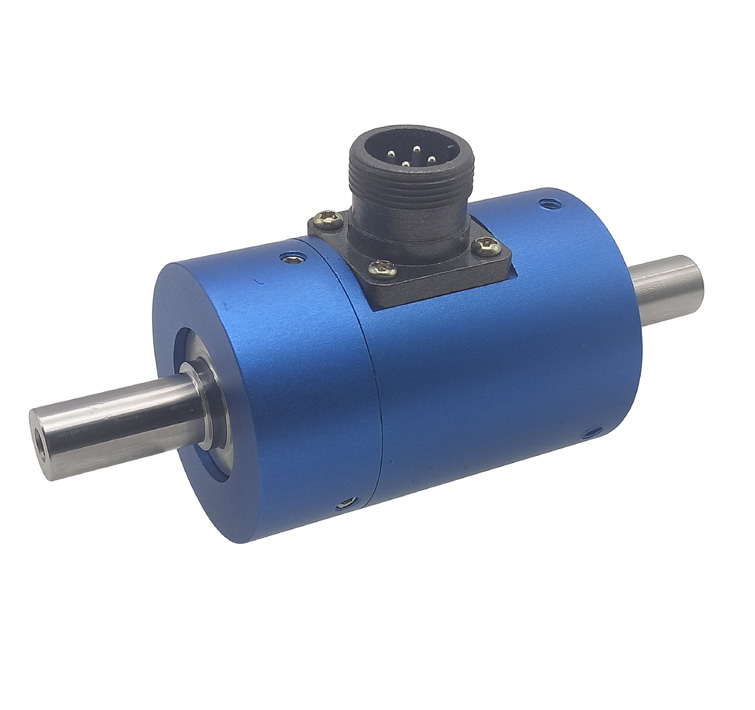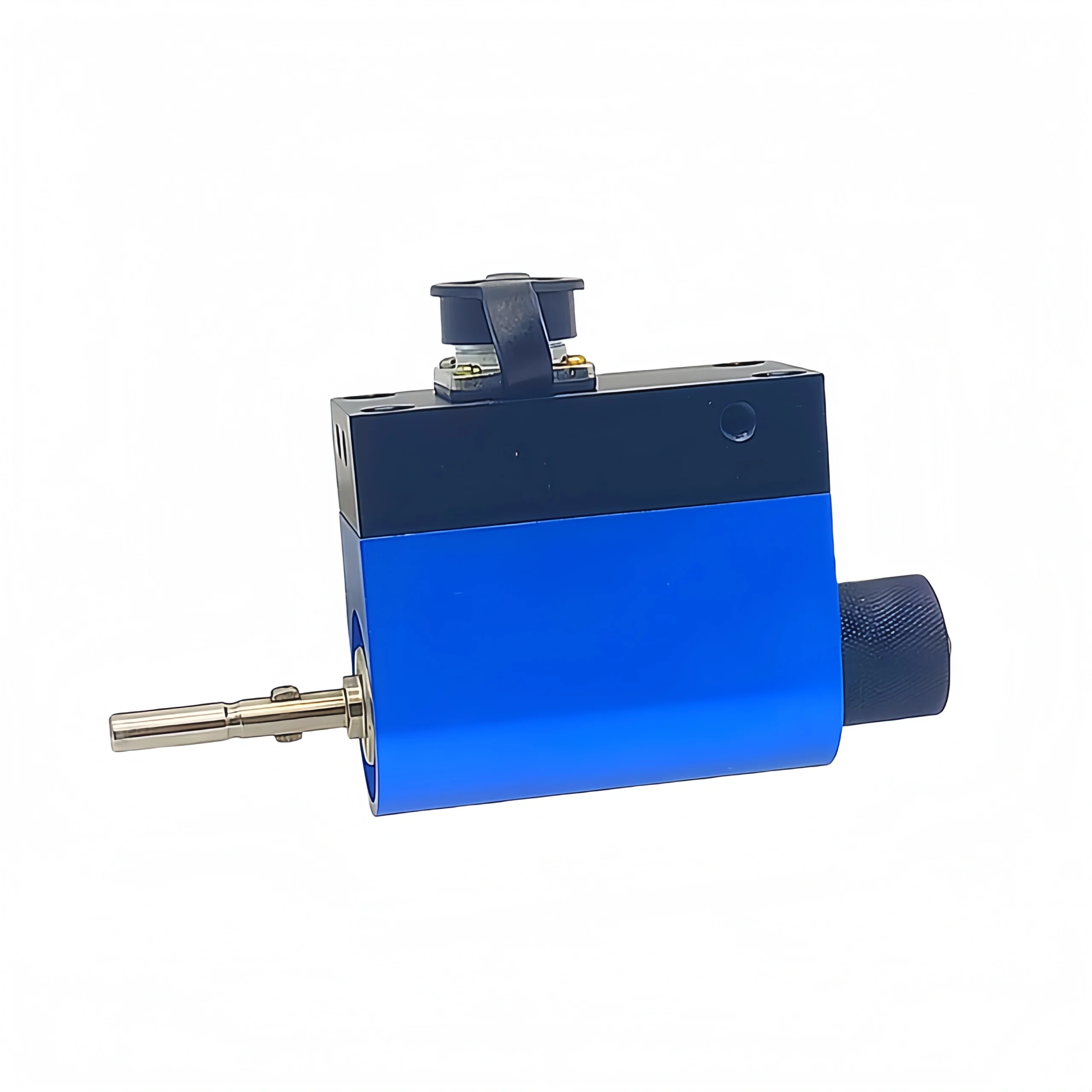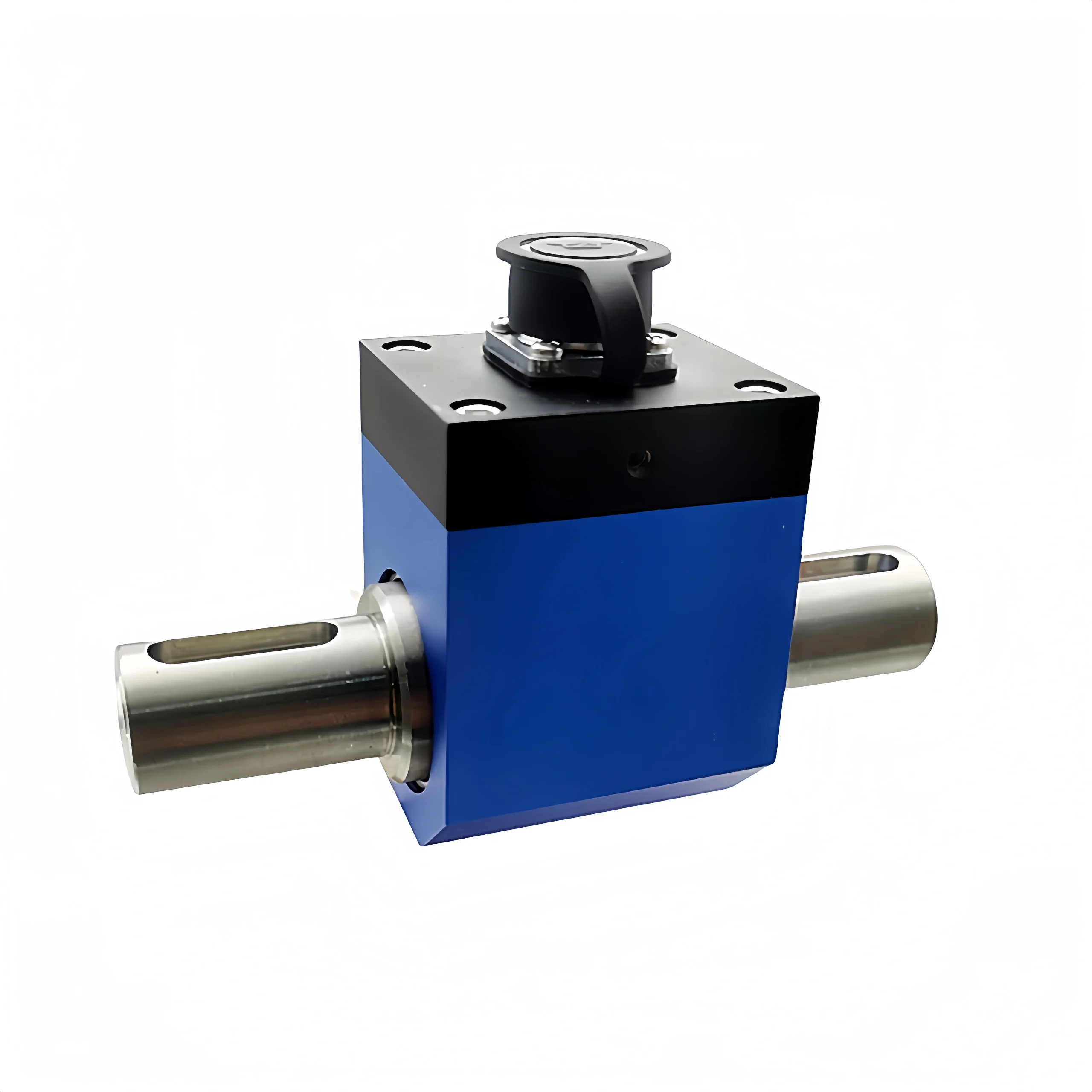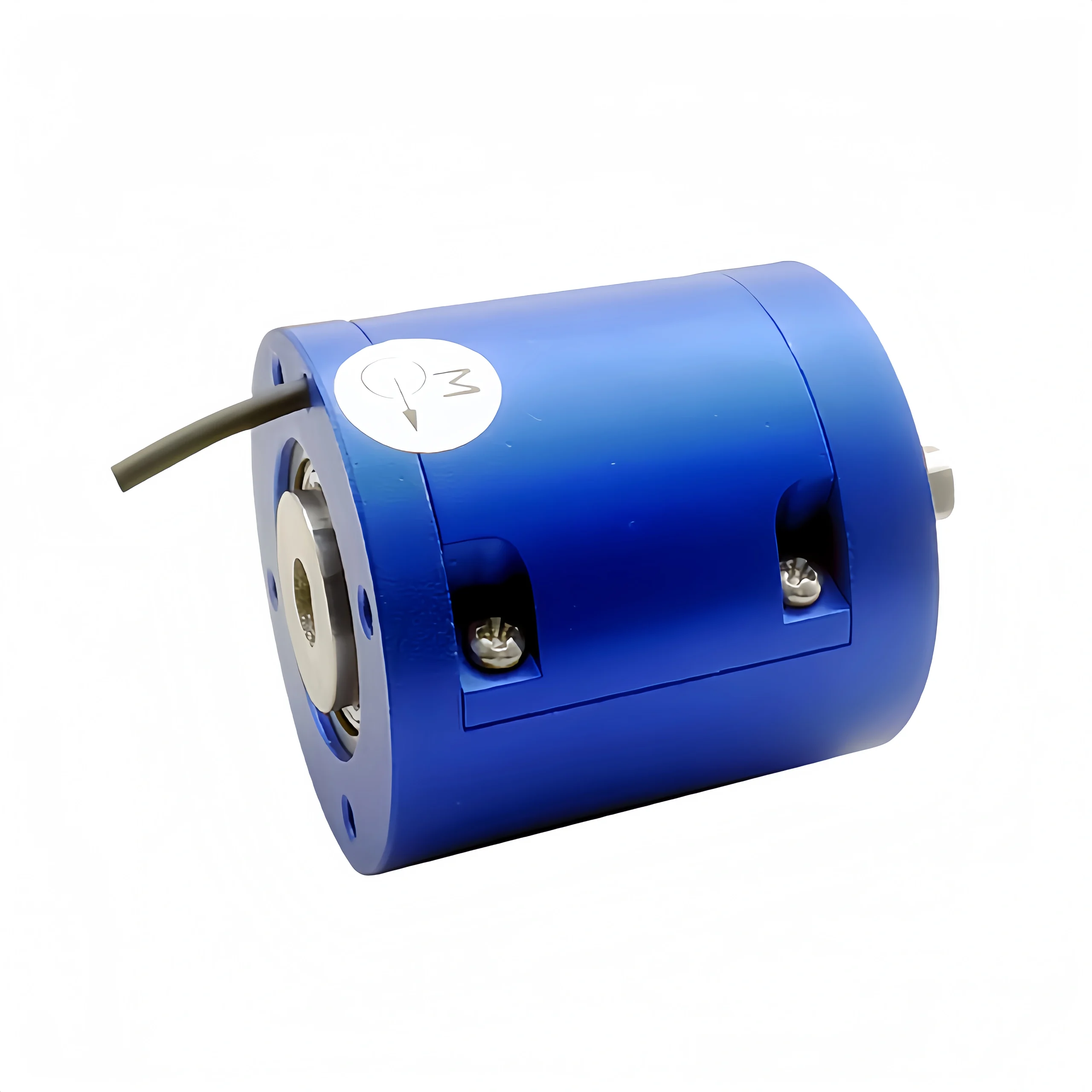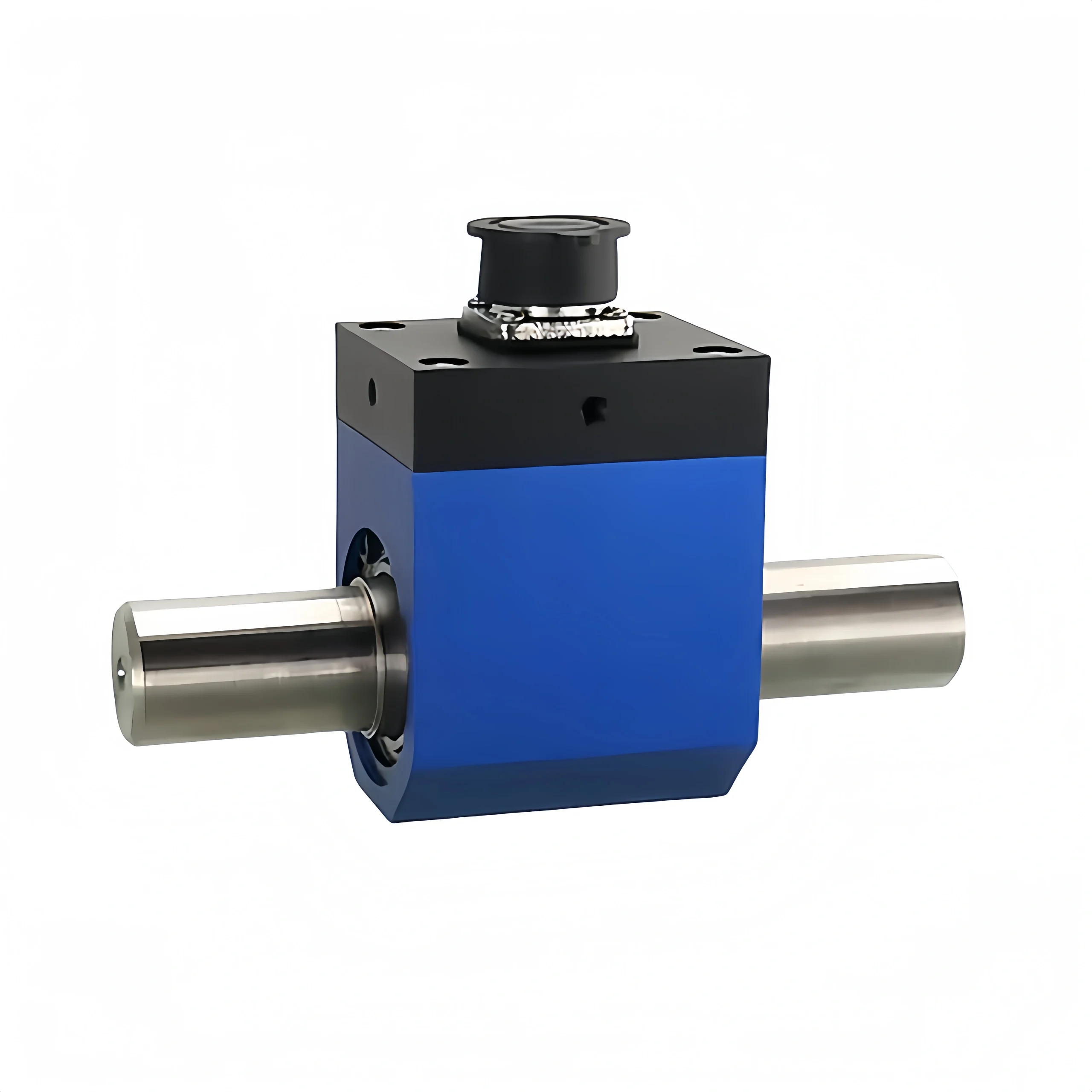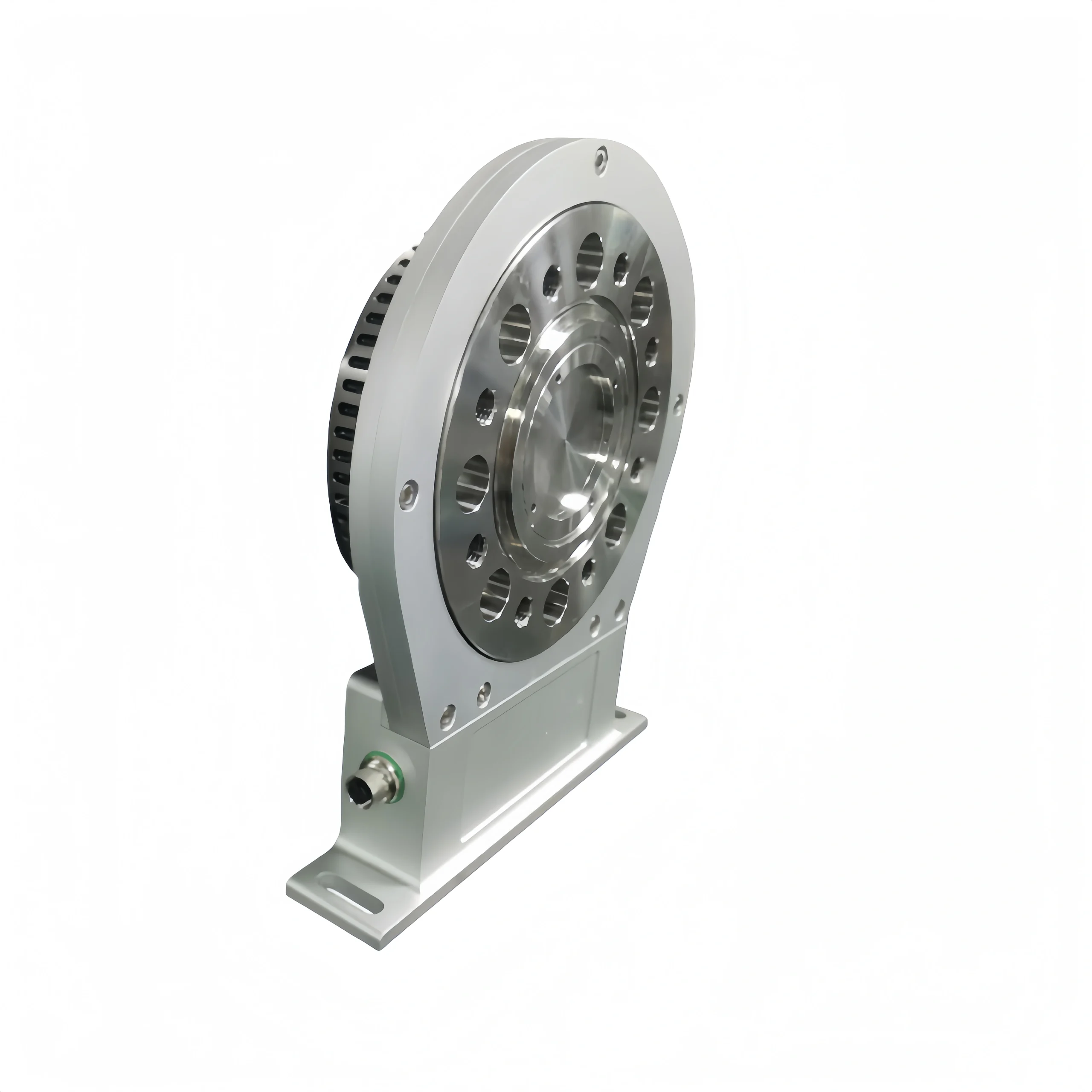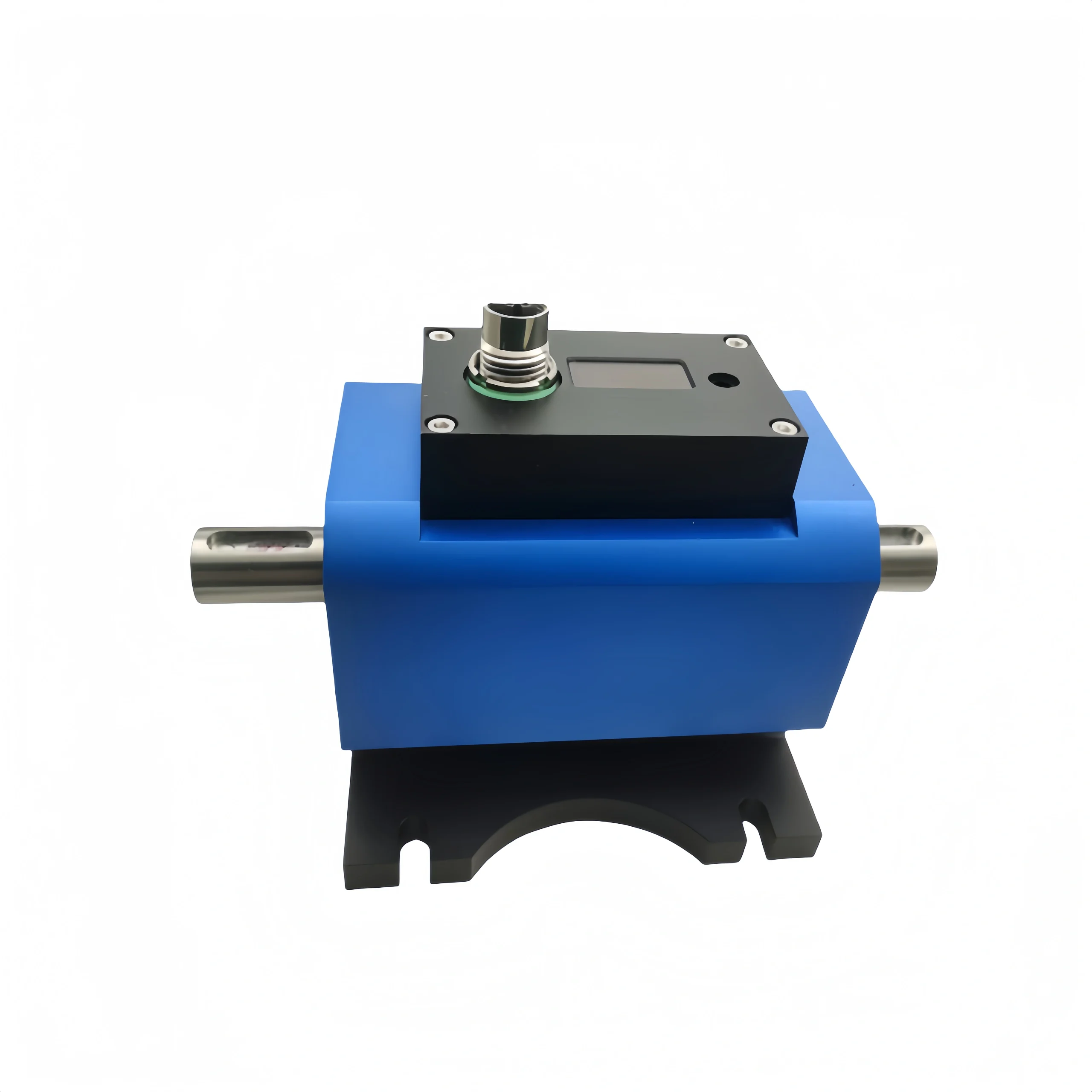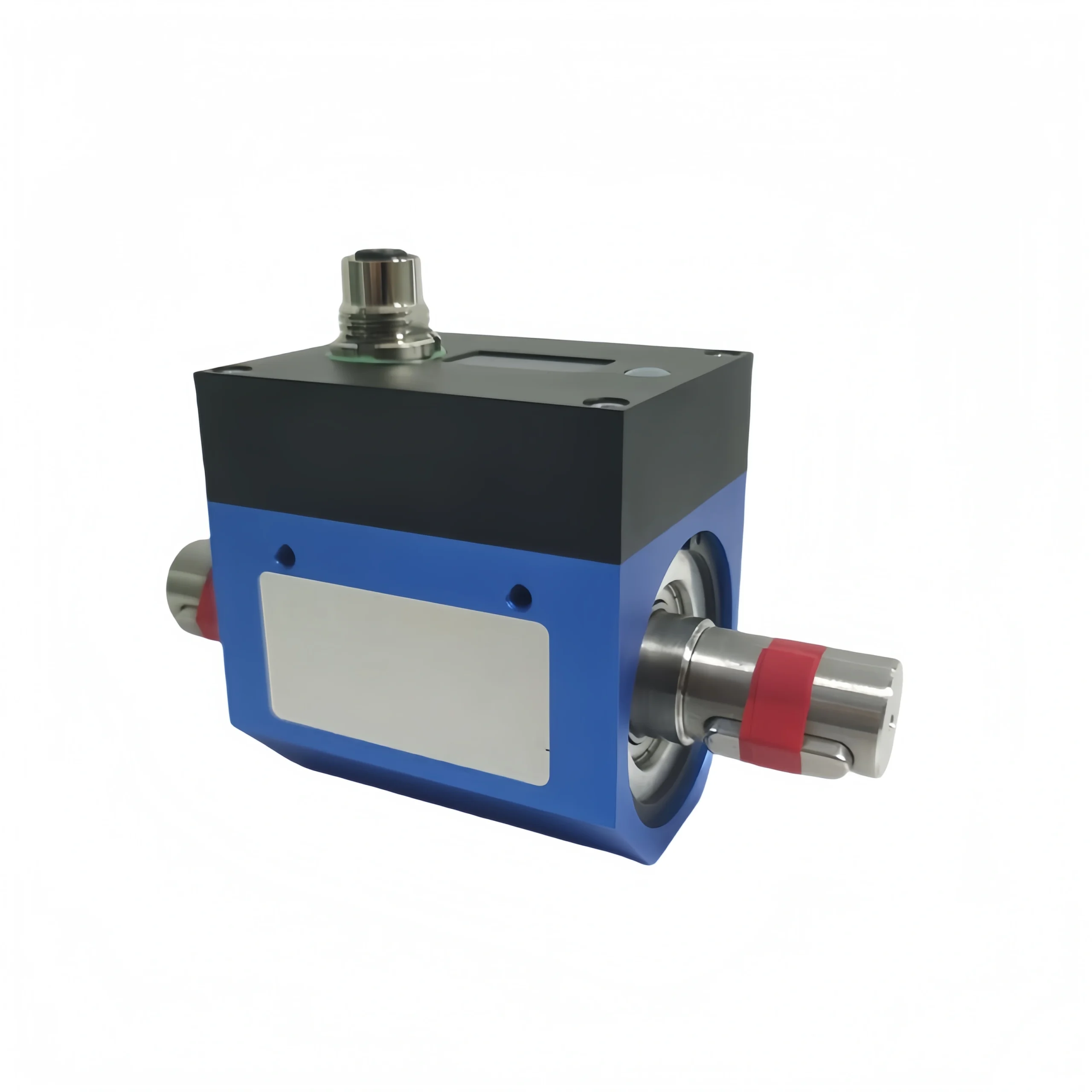From an energy conversion perspective, the power output of a motor is used to overcome load torque and rotate the motor. Torque is the force that causes an object to rotate. Speed indicates how fast the motor rotates. Power is the work done per unit time.
During motor operation, power is equal to the product of torque and angular velocity, demonstrating the intrinsic connection between the three. Power is the result of the combined effects of torque and speed. This article will focus on the relationship between the three.
Sino-Inst Featured Product
What is a motor?
A motor converts electrical energy into mechanical energy. According to the law of electromagnetic induction, the force exerted by an electric current in a magnetic field causes the motor’s rotor to rotate. A motor typically consists of a stationary part and a rotating part. Energy conversion is achieved through the interaction between the flow of current in the coils and the magnetic field.
Motors are an essential component of modern industrial production and daily life. They are widely used in various fields. They provide powerful energy for human production and daily life.
Motor Type Differences:
DC Motor: High torque at low speeds
AC Asynchronous Motor: Starting torque is generally low (requires soft start or inverter).
Common Motor Torque Ranges
The common range of motor torque depends on the motor type, application, and specifications. The following are some common motor torque ranges:
1. Micro Motor: Generally between 0.01 and 0.1 N·m.
2. Small Motor: Generally between 0.1 and 1 N·m.
3. Medium Motor: Generally between 1 and 10 N·m.
4. Large Motor: Generally between 10 and 100 N·m.
5. Giant Motor: Generally above 100 N·m.
Generally speaking, low-power motors have lower torque, while high-power motors have higher torque. When purchasing a motor, it is important to select a motor that suits your specific needs and actual circumstances.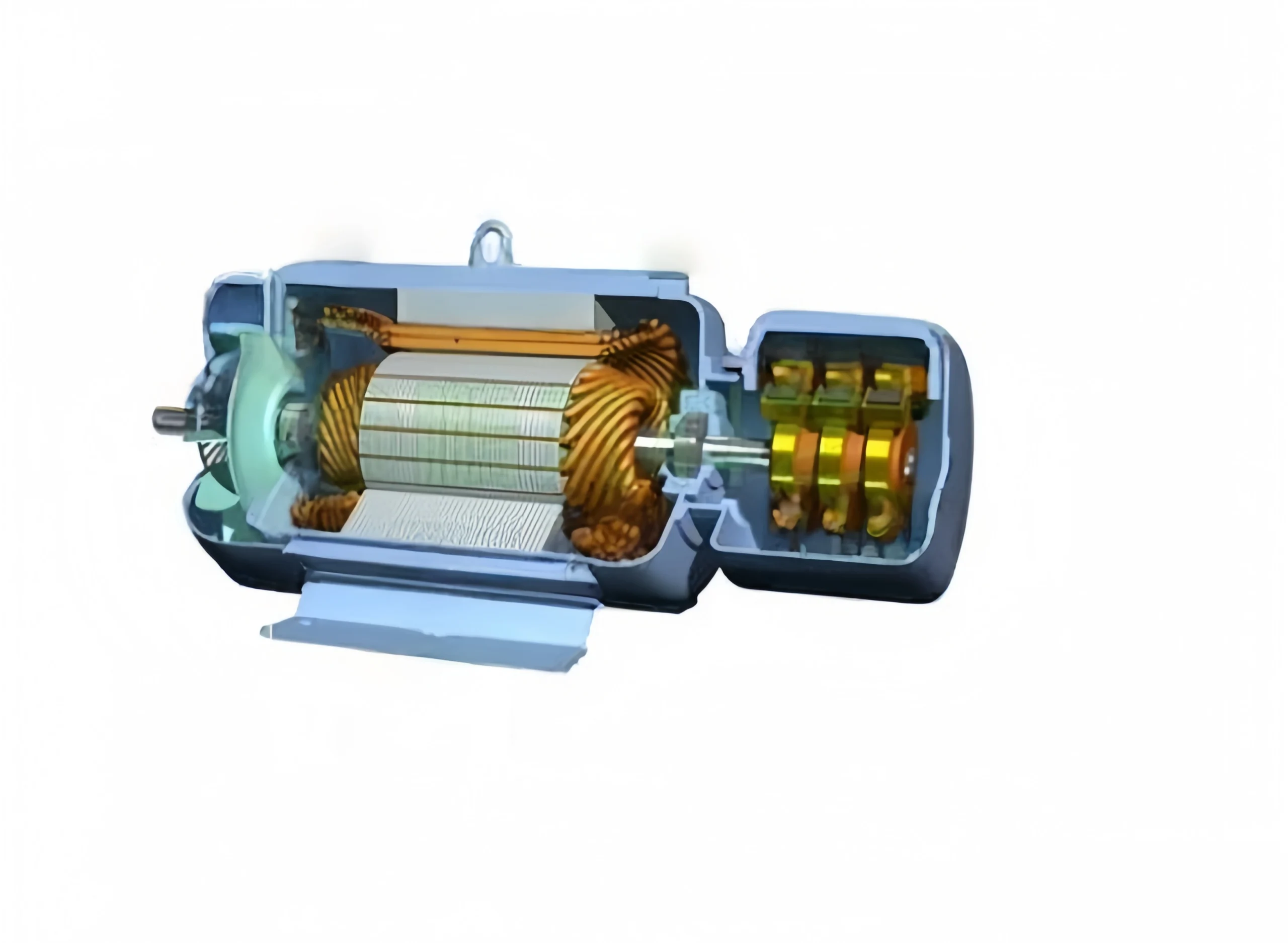
What is Motor Speed?
Motor speed refers to the speed at which a motor rotates. And it is an important indicator of its performance and operating status. Motor speed directly affects its output power and operating efficiency. Accurately controlling and regulating motor speed is crucial to achieving desired functionality in various applications.
Factors Affecting Motor Speed
Motor speed is affected by multiple factors, including power frequency, motor load, motor structure, and motor control method.
Power frequency is one of the most significant factors. The higher the power frequency, the higher the motor speed. Motor load also affects motor speed; heavier loads result in lower speeds. Furthermore, motor structure and control methods also affect motor speed.
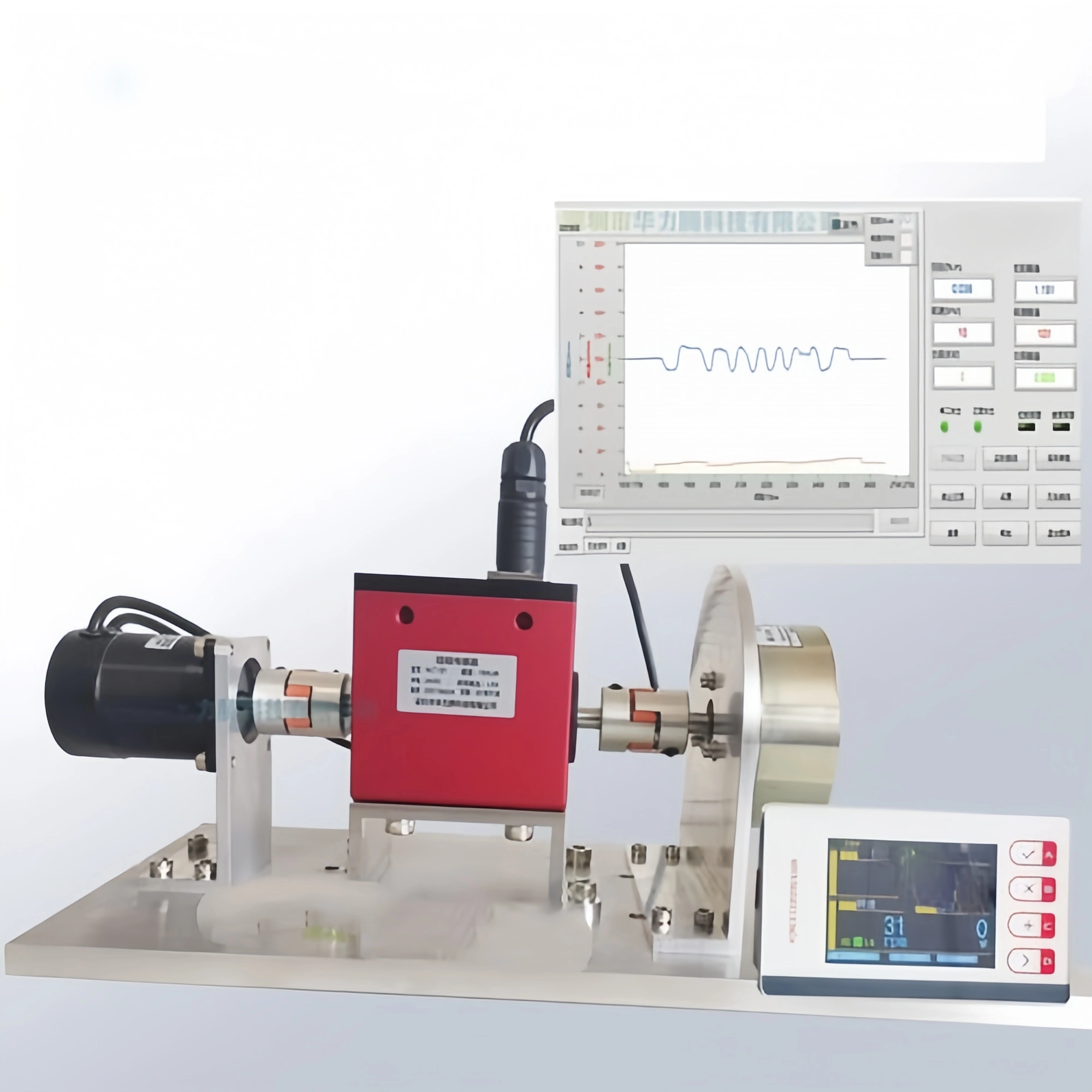
What is Motor Power?
Motor power refers to the work done per unit time. In layman’s terms, it refers to the power output of the motor, usually expressed in watts (W) or kilowatts (kW). Motor power is closely related to parameters such as motor speed, voltage, and current. The power requirements vary depending on the motor type and application.
There are several main methods for determining motor power:
1. Determined by the motor nameplate
The motor nameplate typically lists parameters such as power, speed, voltage, and current.
2. Determined by the motor model
Different motor models require different power. You can find out the required power by looking up information related to the motor model.
3. Determined by the motor’s intended use
The motor’s intended use is also a crucial factor in determining the motor’s power. Different operating environments require different motor power. You can determine the required power based on actual usage.
What is Motor Torque?
Motor torque refers to the rotational torque generated by a motor during operation. It is closely related to the motor’s output power and speed. And it reflects the amount of resistance encountered during its rotation. Motor torque is typically determined by the motor’s structure and power supply method.
And its units are Newton-meters (N·m) or pound-feet (lb-ft).
The formula for calculating motor torque is: T=k·P/ω
Where:
T represents the motor’s torque.
k represents the magnetic circuit coefficient between the rotor and stator.
P represents the motor’s output power.ω represents the motor’s speed.
The above formula shows that a motor’s torque is directly proportional to its output power and inversely proportional to its speed.
In practical applications, we can influence the motor’s torque by changing its output power, speed, or structural parameters.
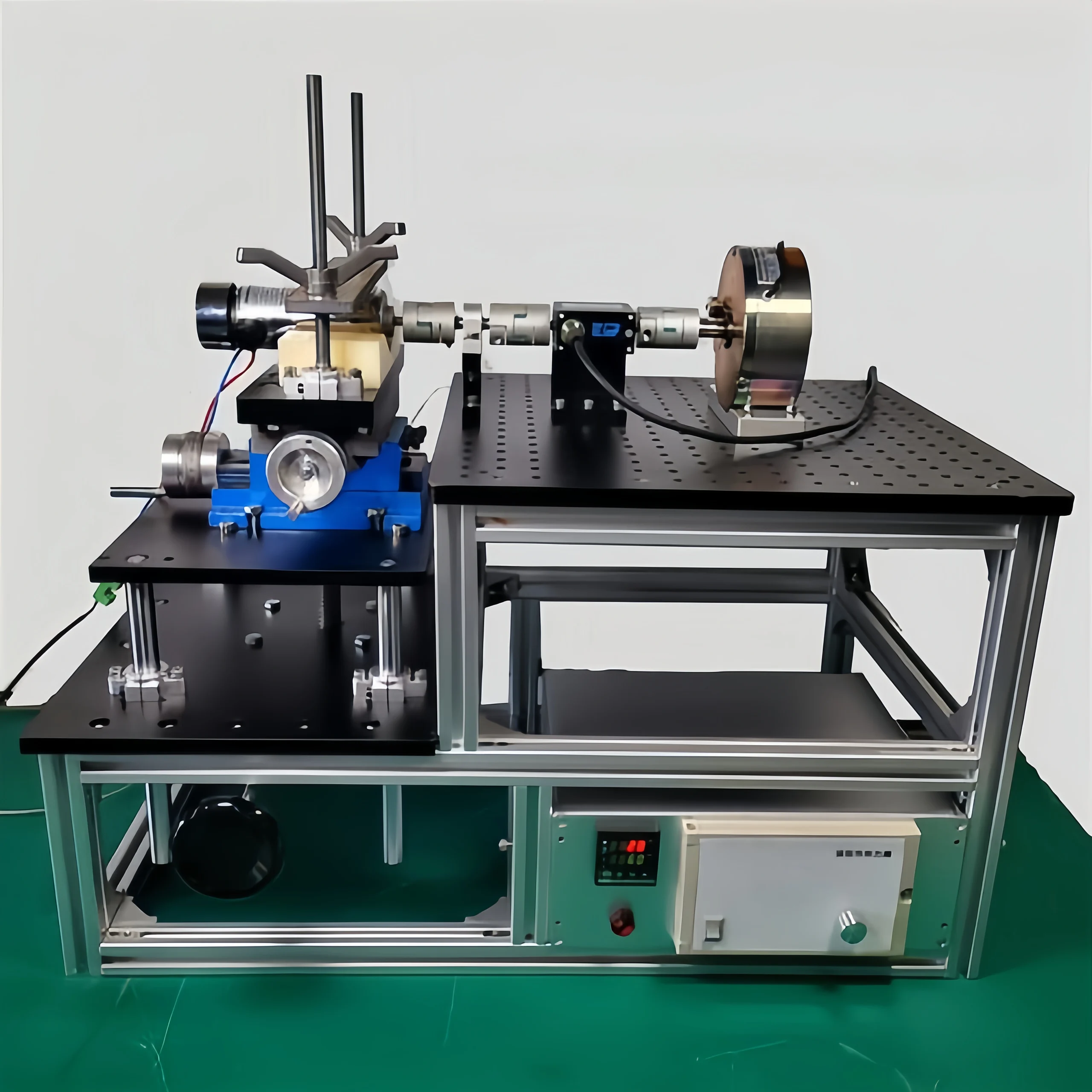
The Relationship between Motor Speed (n), Power (P), and Torque (T).
Speed (n), power (P), and torque (T) are the core characteristics of motor operation. These three are related through physical formulas.
The following is a detailed explanation:
Basic Relationship
In the International System of Units (SI), the relationship between the three is:
P = T x ω
Where:
P: Power (unit: Watts, W);
T: Torque (unit: Newton-meters, N·m);
ω: Angular velocity (unit: radians per second, rad/s).
Since motor speed is typically expressed in revolutions per minute (rpm), it is necessary to convert speed to angular velocity:
ω = 2πn/60
Therefore, the commonly used formula for power, torque, and speed is:
P = T x n/9550
(Note: The constant 9550 is derived from unit conversion and applies when power P is expressed in kilowatts (kW), speed n is expressed in rpm, and torque T is expressed in N·m.)
Typical scenario analysis of the relationship
(1) Motor selection
If high starting torque is required (such as cranes, electric vehicles), you need to choose: A high-torque motor (such as a permanent magnet synchronous motor). Or reduce the speed and amplify the torque through a gearbox.
(2) Frequency conversion speed regulation
When the frequency converter adjusts the motor speed: Constant torque range (low speed range): power increases linearly with increasing speed; Constant power range (high speed range): torque decreases with increasing speed (power remains unchanged).
(3) Efficiency impact
In practice, the motor has mechanical loss, copper loss, etc. The highest efficiency point usually appears in the range of 70% to 100% of the rated load.
Unit conversion table Physical quantity International unit Other commonly used units Power Watt (W) Kilowatt (kW), horsepower Torque Newton meter (N.m) Kilogram force meter (kgf·m) Speed Radians/second (rad/s) Revolutions/minute (rpm) Example calculation Problem: A motor has a rated power of 5.5 kW and a speed of 1440 rpm.
Key Conclusion
When power is constant, torque is inversely proportional to speed. For example, torque increases at low motor speeds and decreases at high speeds. When torque is constant, power is proportional to speed. Higher speeds produce greater output power. When speed is constant, power is proportional to torque. As load torque increases, more power is required to maintain speed.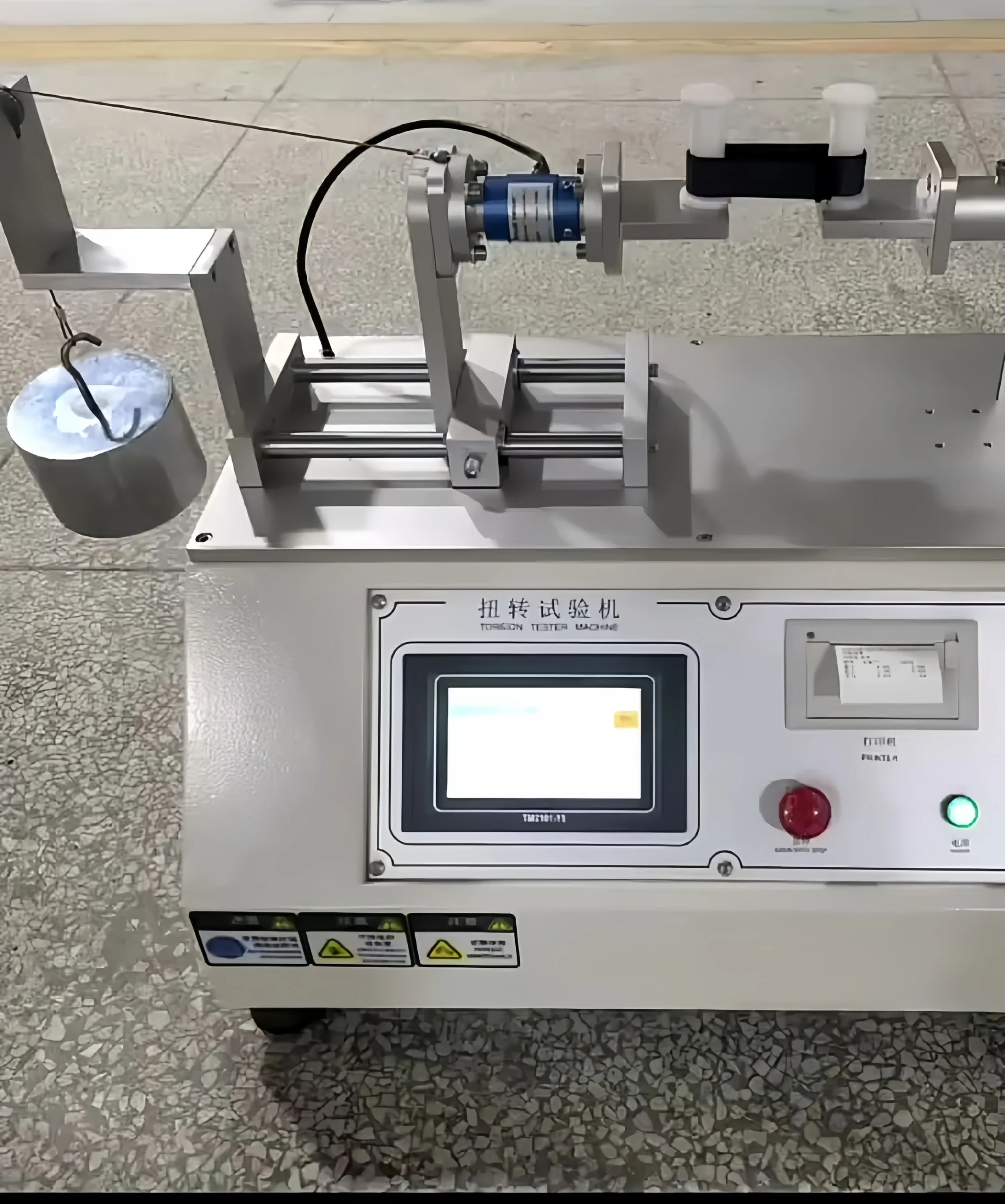
What are the two factors on which torque depends?
The torque output of a motor is related to the motor’s speed and power.
What are the methods of measuring torque?
1. Direct Measurement
Directly measure the torque of the drive system to obtain a torque signal. Generally, a torque flange is used for non-contact measurement. Direct torque measurement offers many technical advantages. Its extremely short design makes the torque flange easily integrated into test benches. Other advantages include high-precision torque measurement and the ability to measure speed.
2. Indirect Measurement
Indirect torque can be measured through motor power or by measuring the reaction force. With modern test equipment, motor power and speed are easily measured. The motor torque can be calculated.
However, when calculating torque, power losses and the operating state of the equipment are factored into the calculation. So, it may cause an inaccurate result.
What are the common units for torque?
The relationship between motor torque/speed and power is crucial for motor operation. If you have any technical questions, please feel free to contact us.
Sino-Inst offers a wide variety of torque sensors. We have been deeply engaged in torque measurement for over 20 years. We support custom torque sensors. Our products are sold both domestically and internationally. If you need a torque sensor, please feel free to choose us. We are the most trusted torque measurement experts.

